Muscle cars have long captured the imagination of car enthusiasts with their bold designs and powerful engines. However, during the golden age of muscle cars, not all horsepower ratings were as truthful as they seemed. Whether to meet insurance regulations or to maintain a competitive edge, some manufacturers understated their vehicles’ true power. Here’s a look at nine muscle cars whose horsepower ratings didn’t quite tell the whole story.
Chevrolet Camaro ZL1
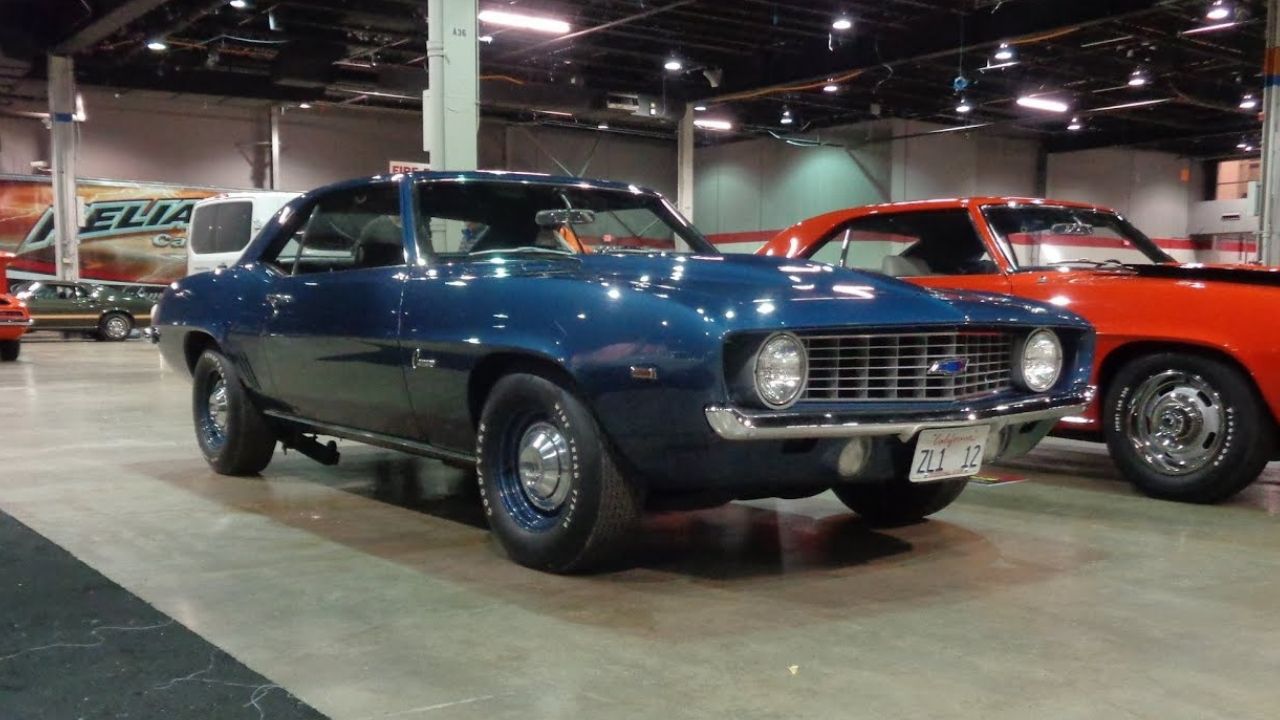
The 1969 Chevrolet Camaro ZL1 is perhaps one of the most legendary examples of underreported horsepower. Officially rated at 430 horsepower, this figure was more of a strategic understatement. In reality, the aluminum 427-cubic-inch big-block engine was capable of producing closer to 500 horsepower. The ZL1 was not just a powerful machine but also a rare one, with only 69 units produced, making it a coveted collector’s item today.
The ZL1’s prowess on the drag strip proved its underrated power, often leaving competitors in the dust. Chevrolet’s decision to downplay the Camaro ZL1’s capabilities was a clever move to navigate the stringent regulations of the time, yet it remains a testament to its true performance potential.
Ford Mustang Boss 429
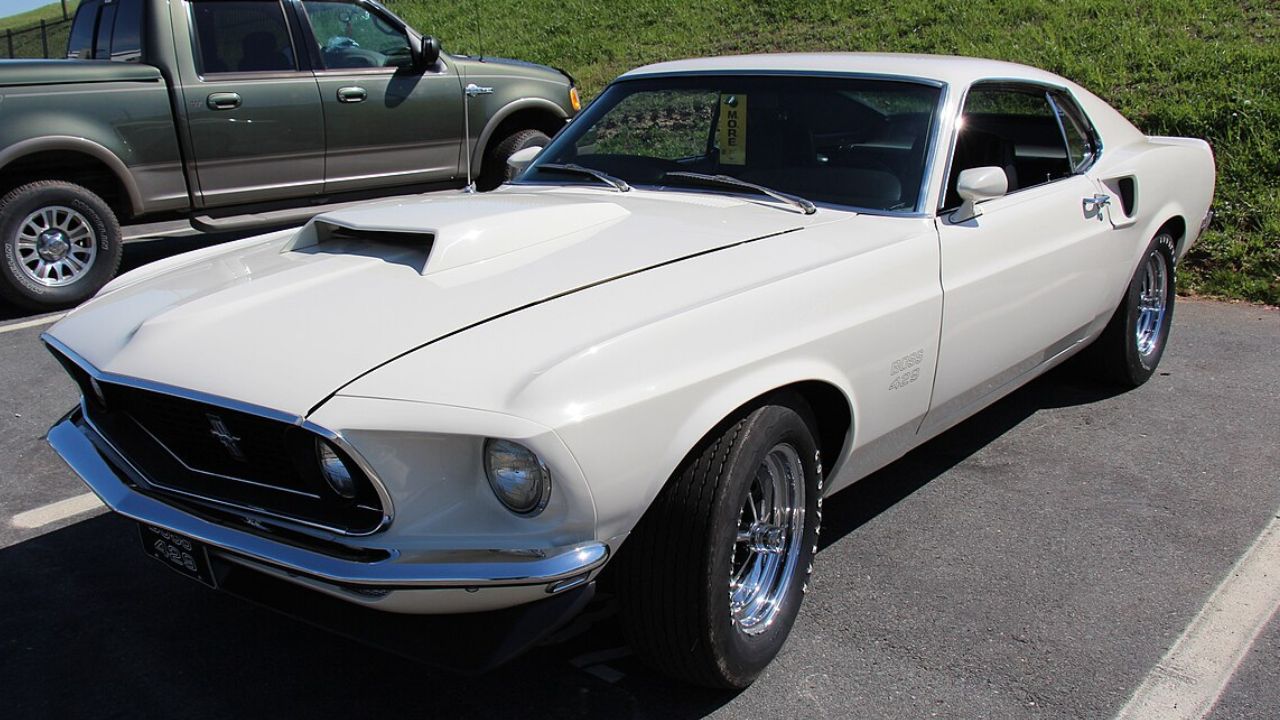
The Ford Mustang Boss 429 was born from NASCAR’s need for power, yet its official rating of 375 horsepower was a conservative estimate. Built between 1969 and 1970, the Boss 429 was designed with a massive 429 cubic inch V8 engine. In truth, the engine’s output was closer to 500 horsepower, but Ford opted for a lower reported figure to appease insurance companies.
This powerhouse vehicle was more than just a pretty face. Its engineering was ahead of its time, featuring a semi-hemispherical combustion chamber and high-performance components that contributed to its underestimated performance. The Boss 429 remains a symbol of Ford’s engineering prowess and a favorite among muscle car enthusiasts.
Pontiac GTO Judge
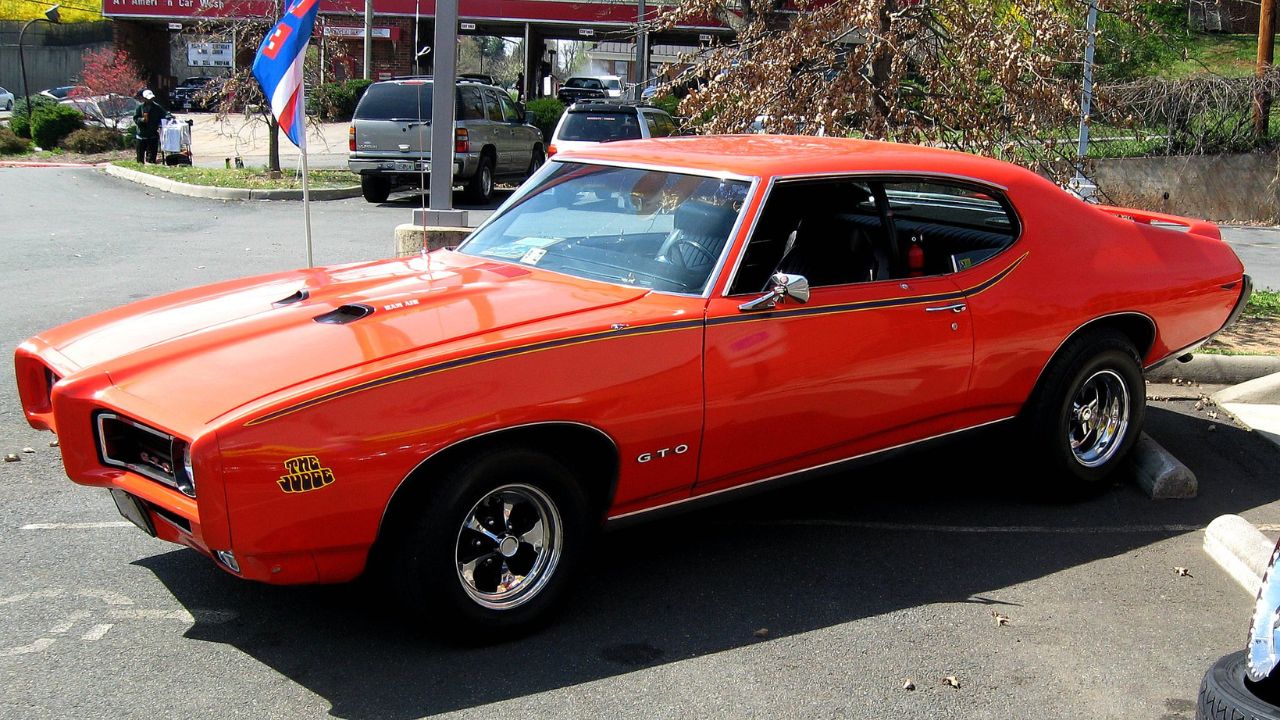
The 1969 Pontiac GTO Judge came with an official rating of 366 horsepower with its Ram Air III engine. However, seasoned drivers and experts knew there was more than met the eye. The Ram Air IV option pushed the boundaries even further, with real-world testing suggesting an output closer to 400 horsepower.
Pontiac’s marketing of the GTO Judge as “The Great One” wasn’t far from the truth. Its aggressive styling and powerful engine made it a standout, but it was the understated horsepower that added an element of surprise, giving drivers more than they bargained for on the open road.
Dodge Challenger R/T
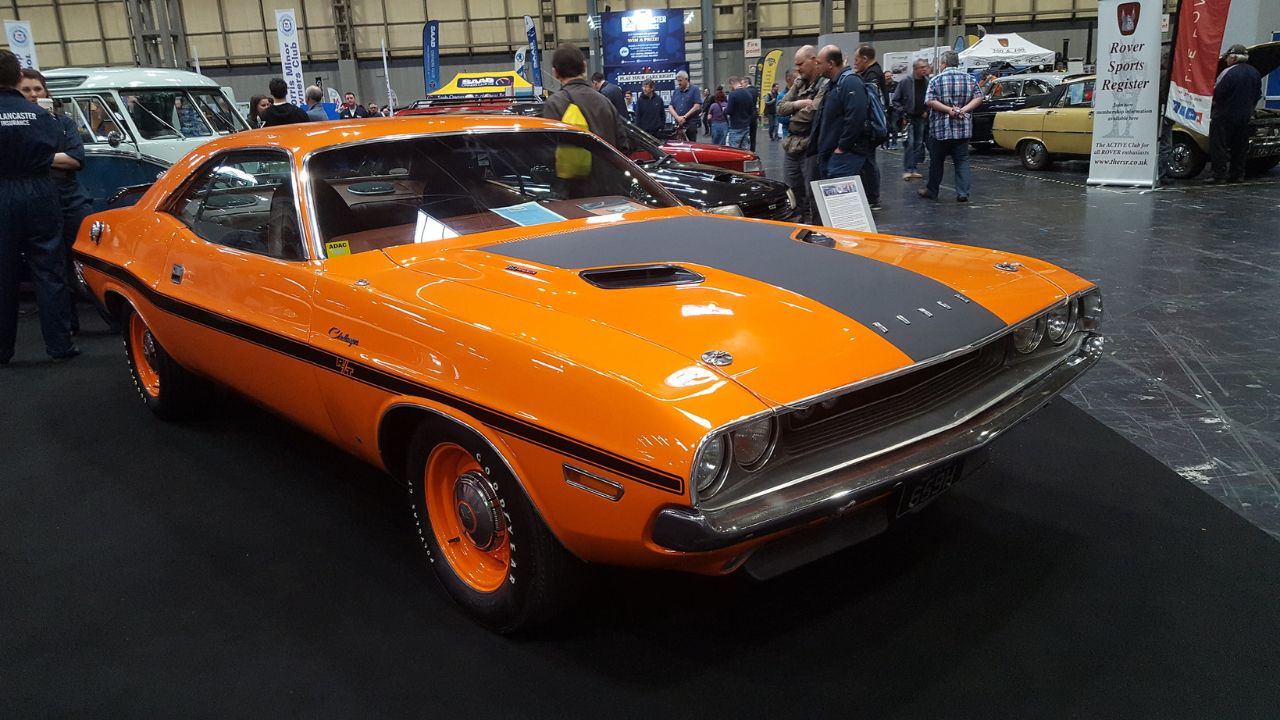
When Dodge released the Challenger R/T in 1970, it claimed the 426 Hemi engine produced 425 horsepower. But those who took it to the tracks knew it was a sandbagging tactic. Actual output was likely over 450 horsepower, making it one of the era’s most formidable contenders.
The Challenger R/T’s raw power and iconic design have made it a staple in muscle car culture. Its understated horsepower rating only added to its allure, with drivers experiencing performance that exceeded expectations, solidifying its status as a classic powerhouse.
Plymouth Road Runner Superbird
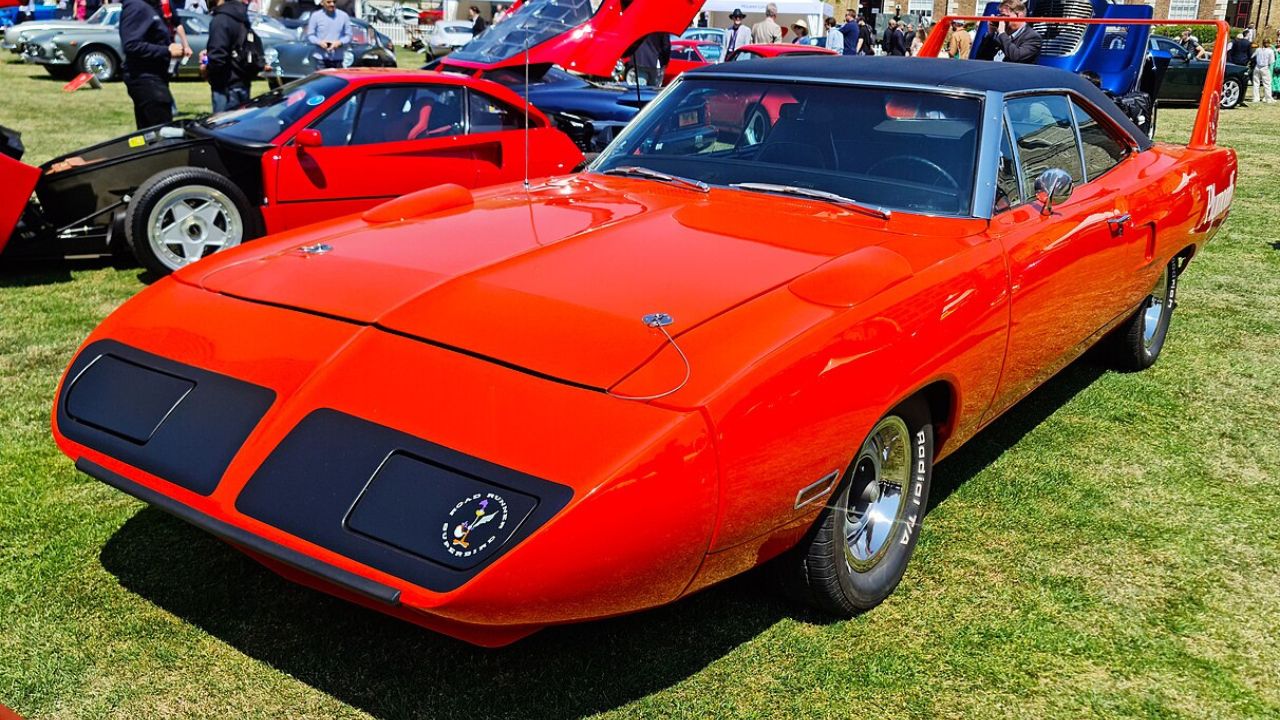
The Plymouth Road Runner Superbird was crafted for the sole purpose of dominating NASCAR, yet its official 425 horsepower rating was another case of modest reporting. With its aerodynamic design and 426 Hemi engine, the Superbird’s true power was closer to 500 horsepower.
Only available in 1970, the Superbird’s unique design and high performance have made it a legend among muscle car fans. Its understated horsepower was a strategic move by Plymouth to align with regulations while delivering a vehicle that left a lasting impression on the racing world.
Oldsmobile 442
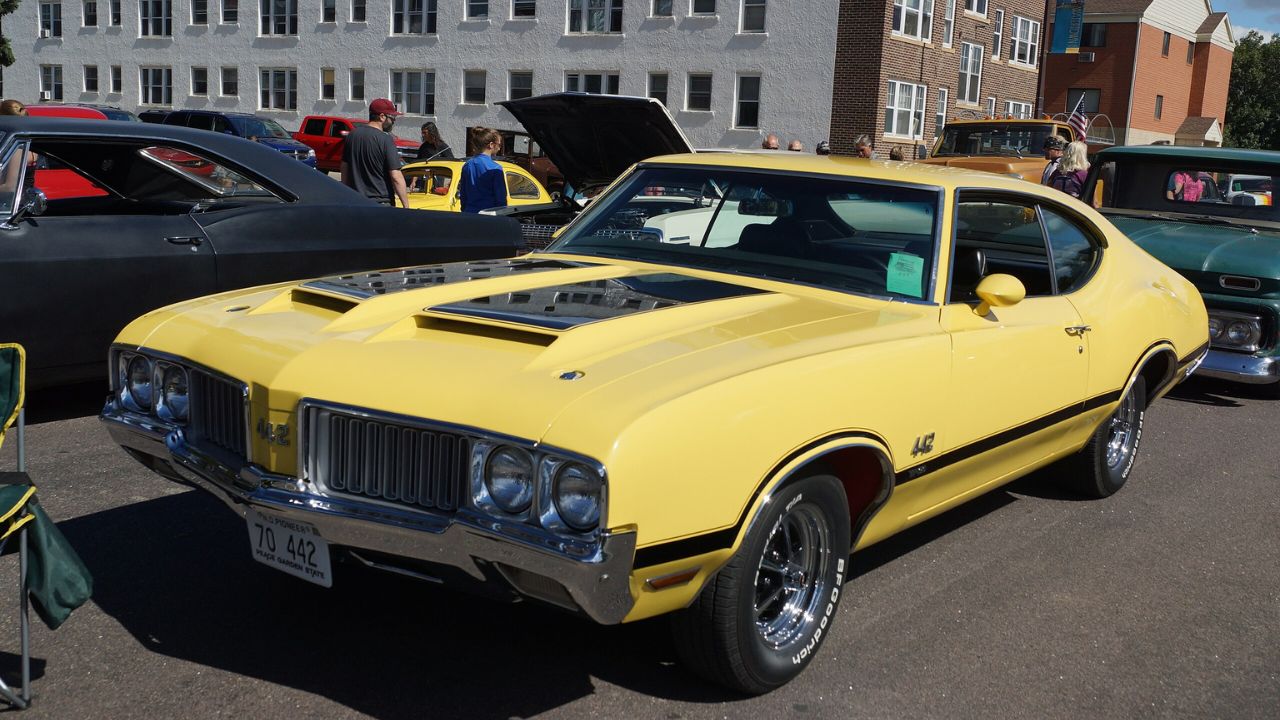
The Oldsmobile 442, especially the W-30 package introduced in 1970, was officially rated at 370 horsepower. However, the actual output was closer to 420 horsepower, a figure that added to its reputation as a sleeper powerhouse.
The 442’s blend of style, performance, and understated power made it a favorite among those in the know. Oldsmobile’s decision to downplay its true capabilities allowed enthusiasts to enjoy a muscle car that delivered exhilarating performance without attracting undue attention.
Buick GSX Stage 1
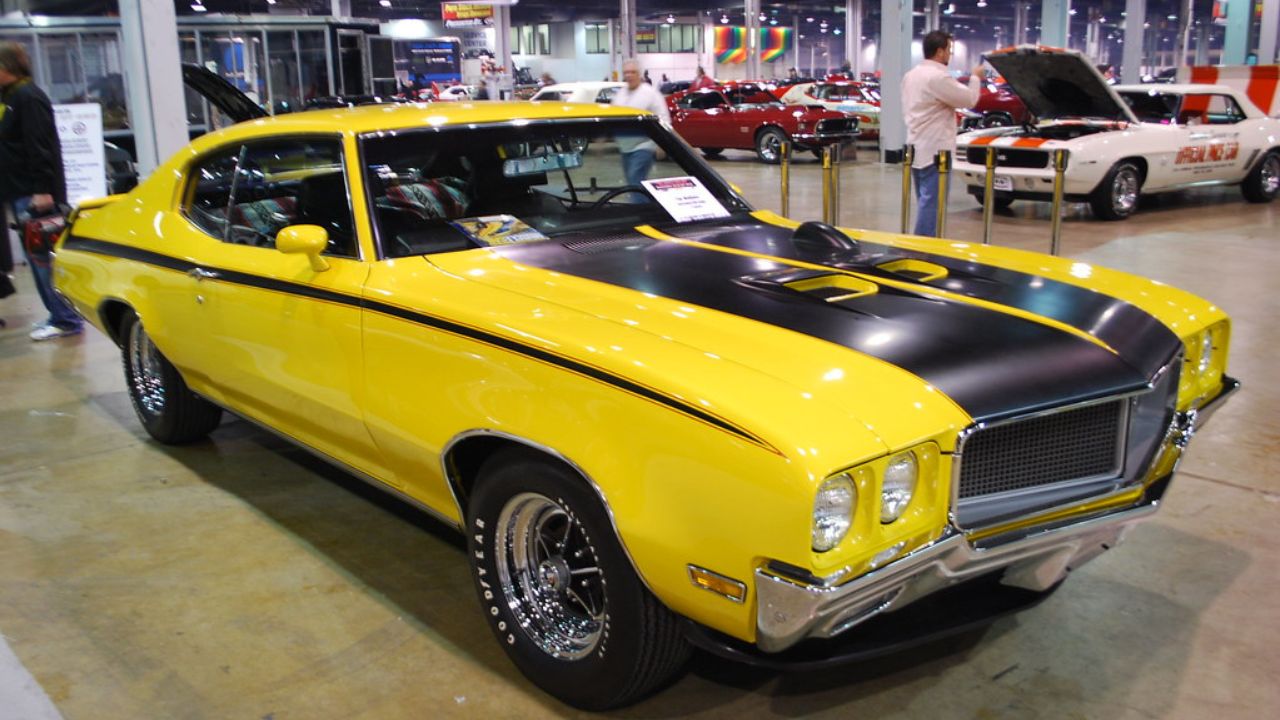
The Buick GSX Stage 1, launched in 1970, was rated at 360 horsepower, but those numbers didn’t tell the full story. Real-world tests showed that the 455 cubic inch engine was more likely producing around 400 horsepower.
This discrepancy was partly due to Buick’s desire to maintain a certain brand image, avoiding the raw performance focus of its competitors. The GSX Stage 1’s understated power and striking appearance continue to make it a sought-after classic for collectors and enthusiasts alike.
Mercury Cougar Eliminator
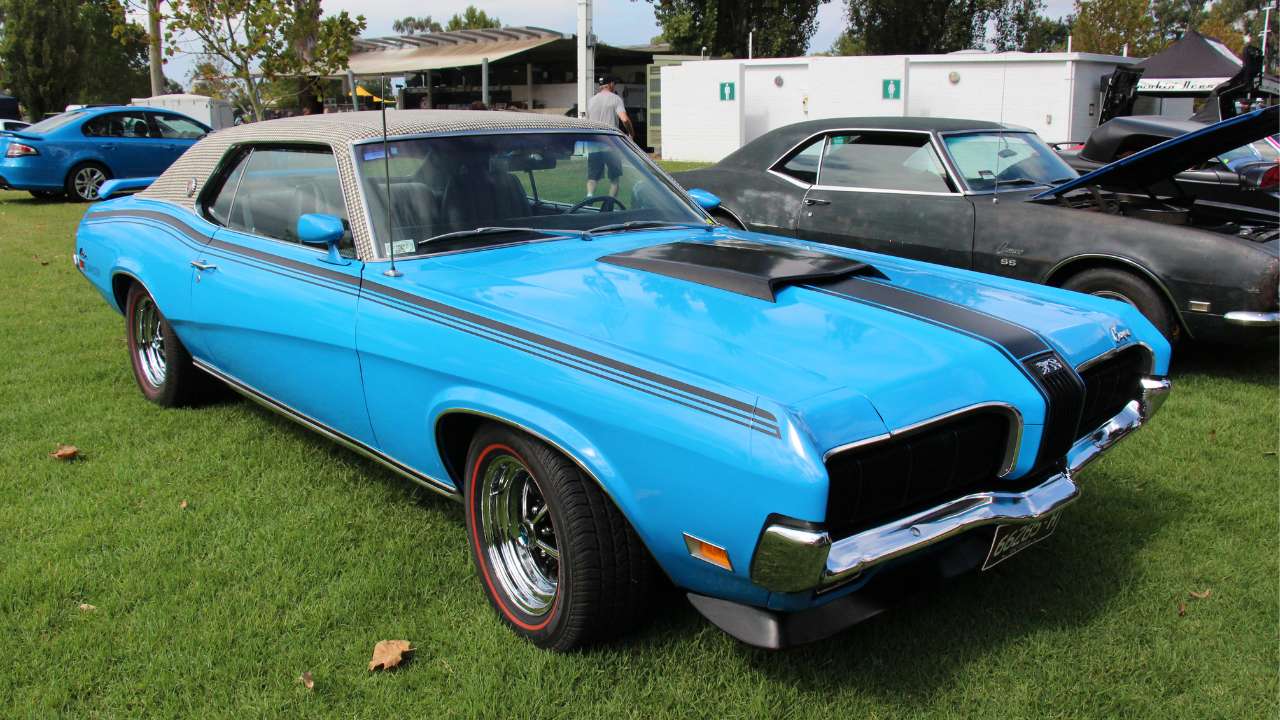
The Mercury Cougar Eliminator, particularly with the Boss 302 engine, was officially rated at 290 horsepower. However, the engine’s output was closer to 335 horsepower, a fact well-known among the muscle car community.
Launched in 1969 and 1970, the Cougar Eliminator combined performance and luxury, offering a unique option in the muscle car market. Its understated power rating was part of its charm, providing a thrilling ride that surpassed what its specifications suggested.
AMC Javelin AMX

The AMC Javelin AMX, particularly in its 1971 incarnation, was rated at 330 horsepower with the 401 cubic inch V8 engine. However, real-world performance indicated that it was capable of producing closer to 350 horsepower.
AMC’s approach to muscle cars was often overshadowed by the Big Three, but the Javelin AMX proved that the underdog could pack a punch. Its understated horsepower rating was a deliberate move to attract a broader audience while still delivering impressive performance on the track.
Like Fast Lane Only’s content? Be sure to follow us.
Here’s more from us:
*Created with AI assistance and editor review.

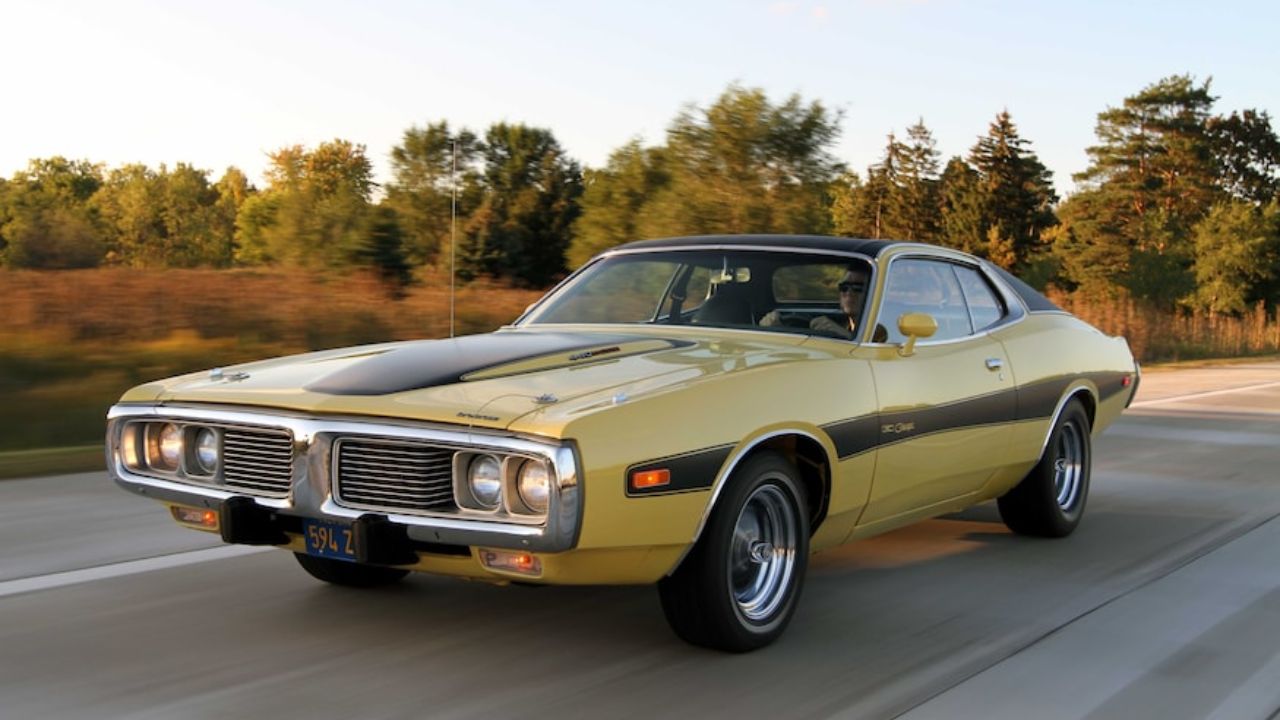
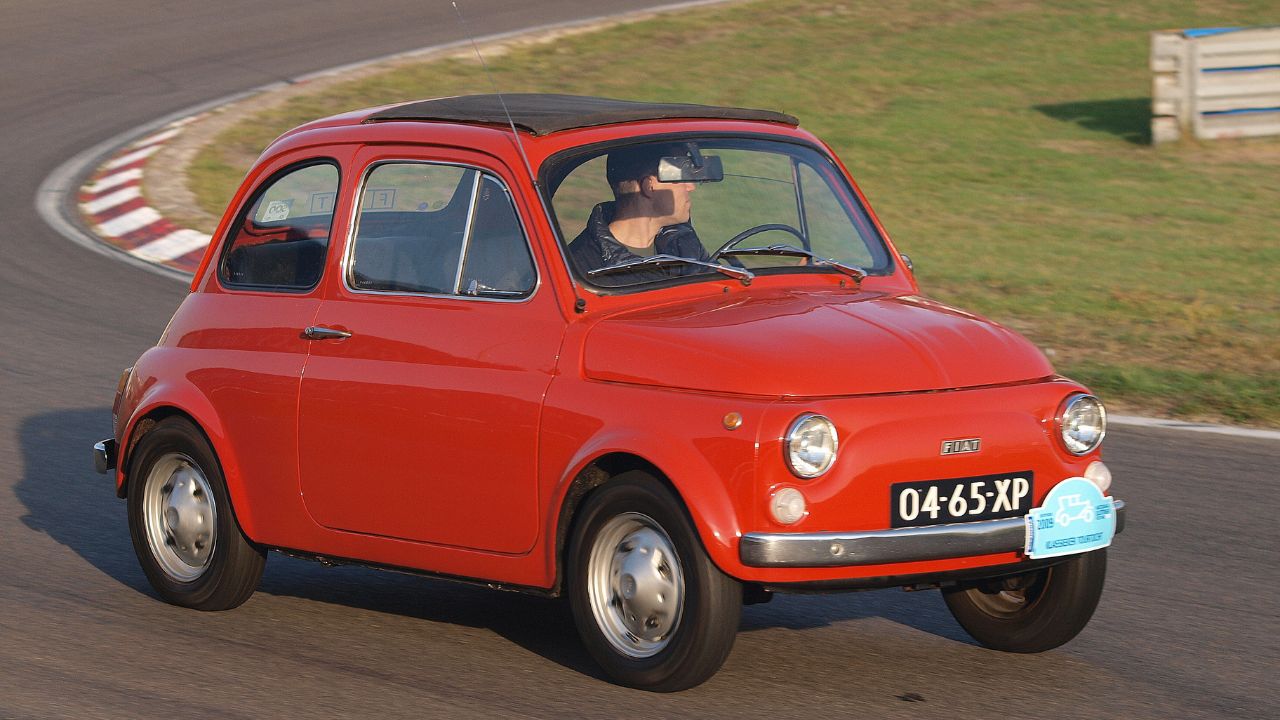
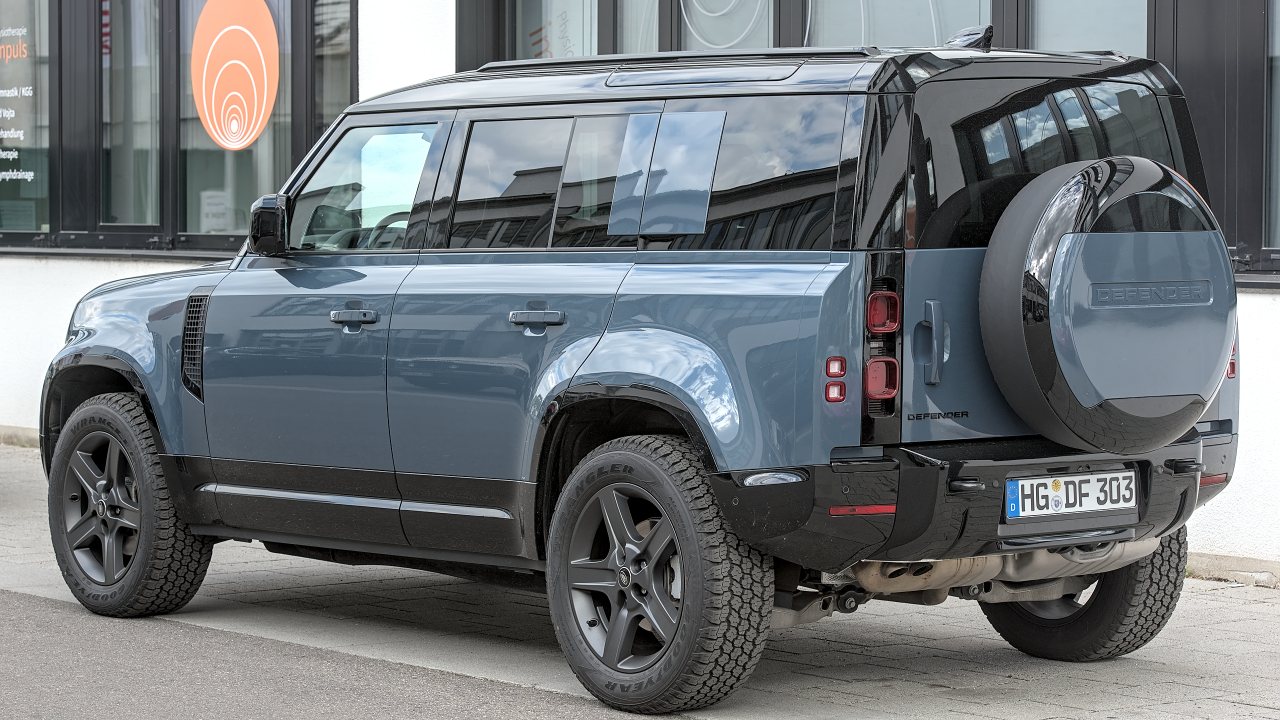
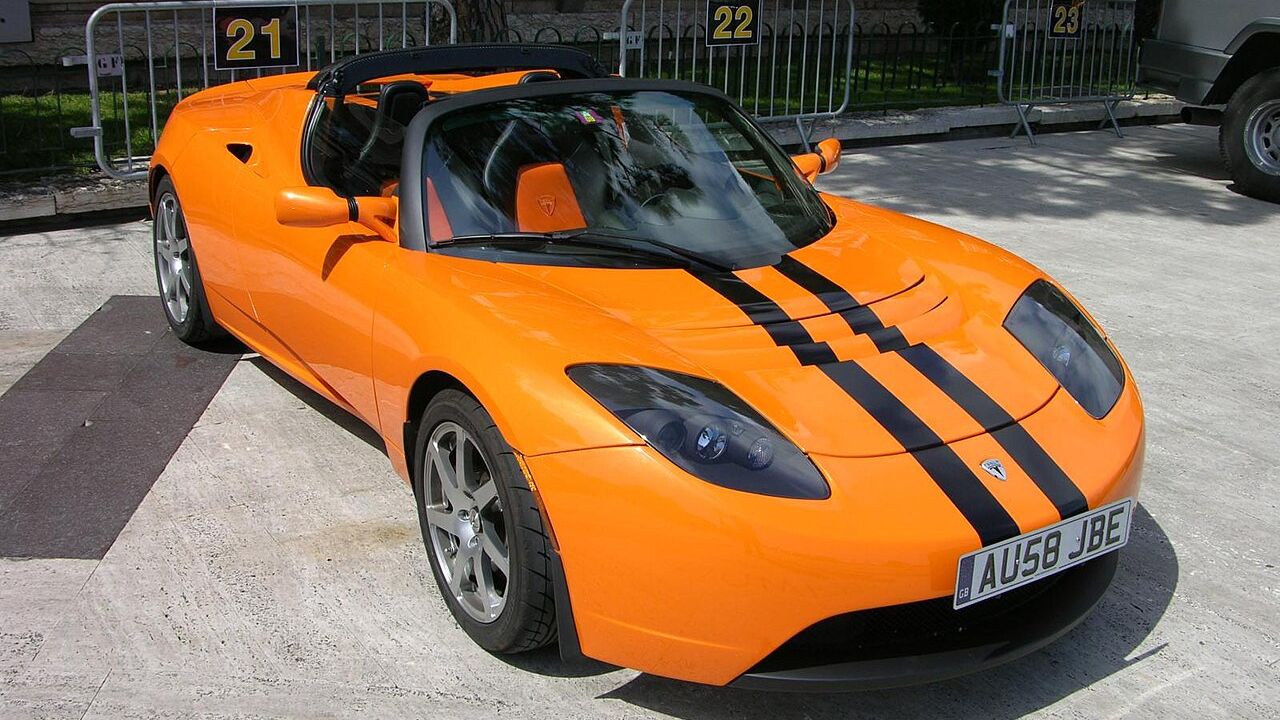
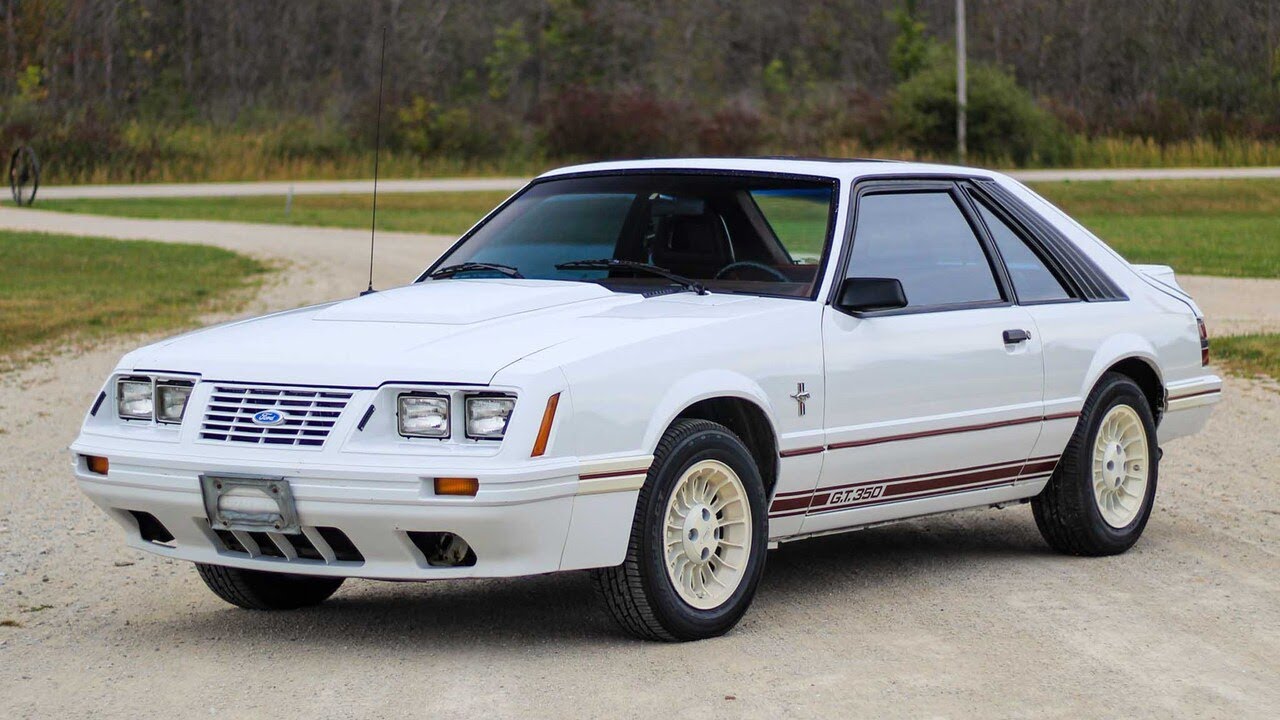

Leave a Reply